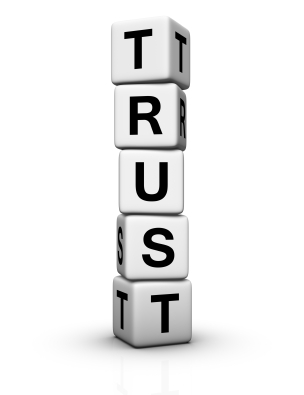 In my previous post, I discussed how I prepared for an on-site reporting and same-day summary-preparation job at a day-long conference in downtown DC. I covered note-taking tools, audio recording tools, and such easily-overlooked aspects like advance work, a suitable typing and recording surface, and suitable cables.
In my previous post, I discussed how I prepared for an on-site reporting and same-day summary-preparation job at a day-long conference in downtown DC. I covered note-taking tools, audio recording tools, and such easily-overlooked aspects like advance work, a suitable typing and recording surface, and suitable cables.
In this post, I’ll continue by discussing my experiences on the day of the conference itself. Just FYI, this will be the shortest of the three posts. Because it builds on the work done in advance of the event and it prepares you for the work to be done after the event, there isn’t as much to cover. But its length isn’t a reflection of its importance; it is the center of the whole effort.
Before the day of the event, be sure to take the time to map and time the route and the parking, unless you have done the trip before — and even then, it’s probably worth double-checking for peace of mind. Before leaving, check in with your favorite traffic-monitoring app to see if there are any road closures, accidents, or other obstacles that could delay you. All of this may seem like overcaution, but remember: as a freelancer, you are always representing your business to your clients. Courtesies like punctuality convey your professionalism. They’re hiring you to solve their problems, not to hear about yours.
So now you’ve arrived at the meeting site. If you’ve followed the tips in my previous post, you’ve already scoped out the room and know where you’re going to set up. Let’s get started!
Continue reading “Tools and Tips for Rapid Transcription, Part 2”

 In the
In the  In my
In my  A client recently asked me to provide on-site reporting and same-day summary preparation services for a day-long conference in downtown DC. The job provided me with an excellent opportunity to try out a combination of various tools and techniques — some new, some old — that I had used separately for individual projects, but until then had not used together.
A client recently asked me to provide on-site reporting and same-day summary preparation services for a day-long conference in downtown DC. The job provided me with an excellent opportunity to try out a combination of various tools and techniques — some new, some old — that I had used separately for individual projects, but until then had not used together. The following post is adapted from “Put Your Money in Trust: How a Gift-Acceptance Policy Can Guide Your Fundraising, Reduce Your Risk, and Help Steward Your Donors,” by Paul Lagasse, Advancing Philanthropy, v18n3, May-June 2011 (reprinted with permission) You can read the whole article
The following post is adapted from “Put Your Money in Trust: How a Gift-Acceptance Policy Can Guide Your Fundraising, Reduce Your Risk, and Help Steward Your Donors,” by Paul Lagasse, Advancing Philanthropy, v18n3, May-June 2011 (reprinted with permission) You can read the whole article  The following post is adapted from “More Than Data: How Prospect Research can Help You Fine-Tune Your Ask, Allowing You to Raise More Money More Cost-Effectively,” by Paul Lagasse, Advancing Philanthropy, v18n1, January-February 2011 (reprinted with permission) You can read the whole article
The following post is adapted from “More Than Data: How Prospect Research can Help You Fine-Tune Your Ask, Allowing You to Raise More Money More Cost-Effectively,” by Paul Lagasse, Advancing Philanthropy, v18n1, January-February 2011 (reprinted with permission) You can read the whole article